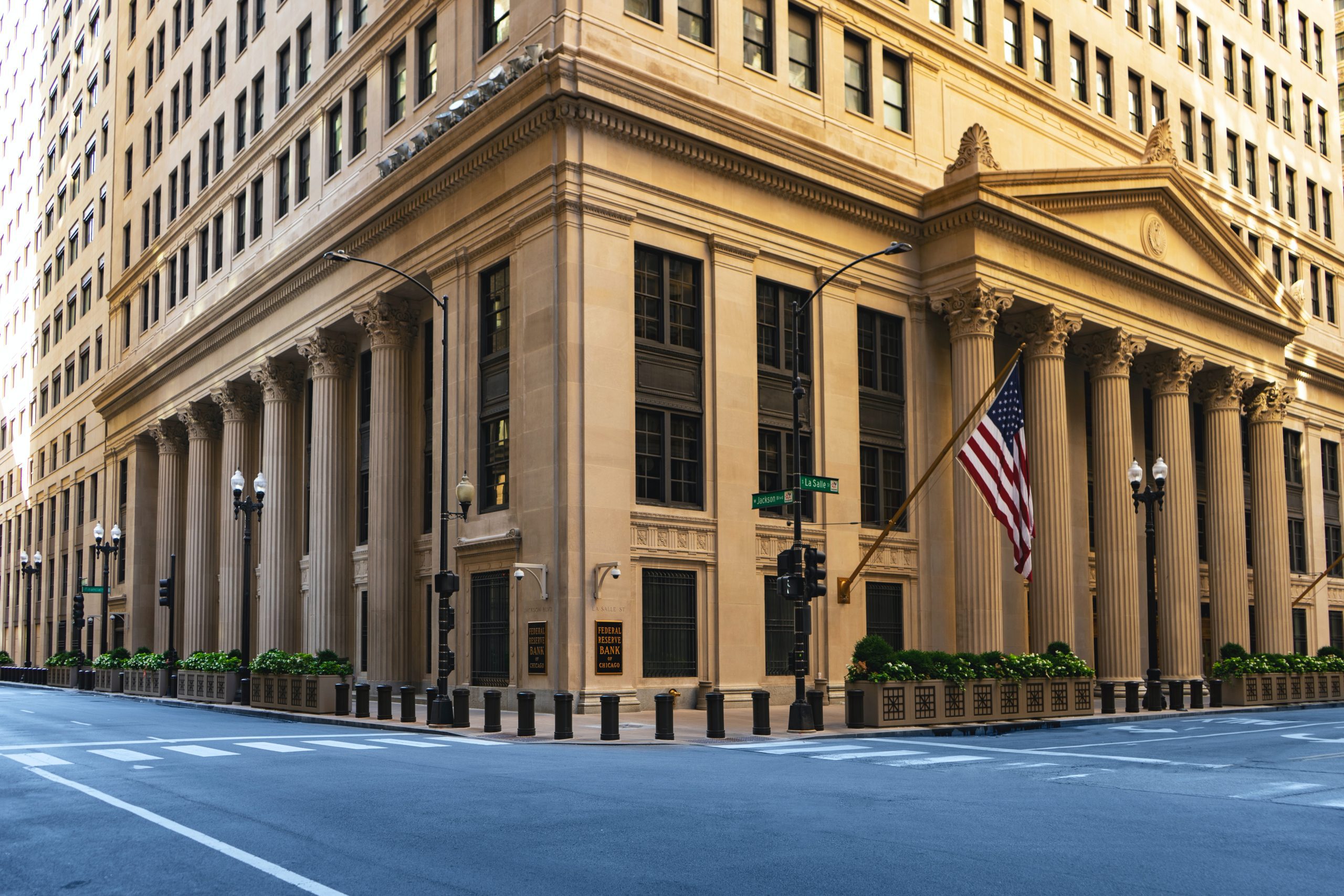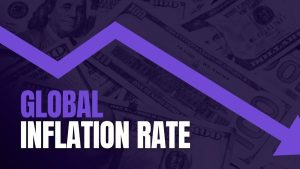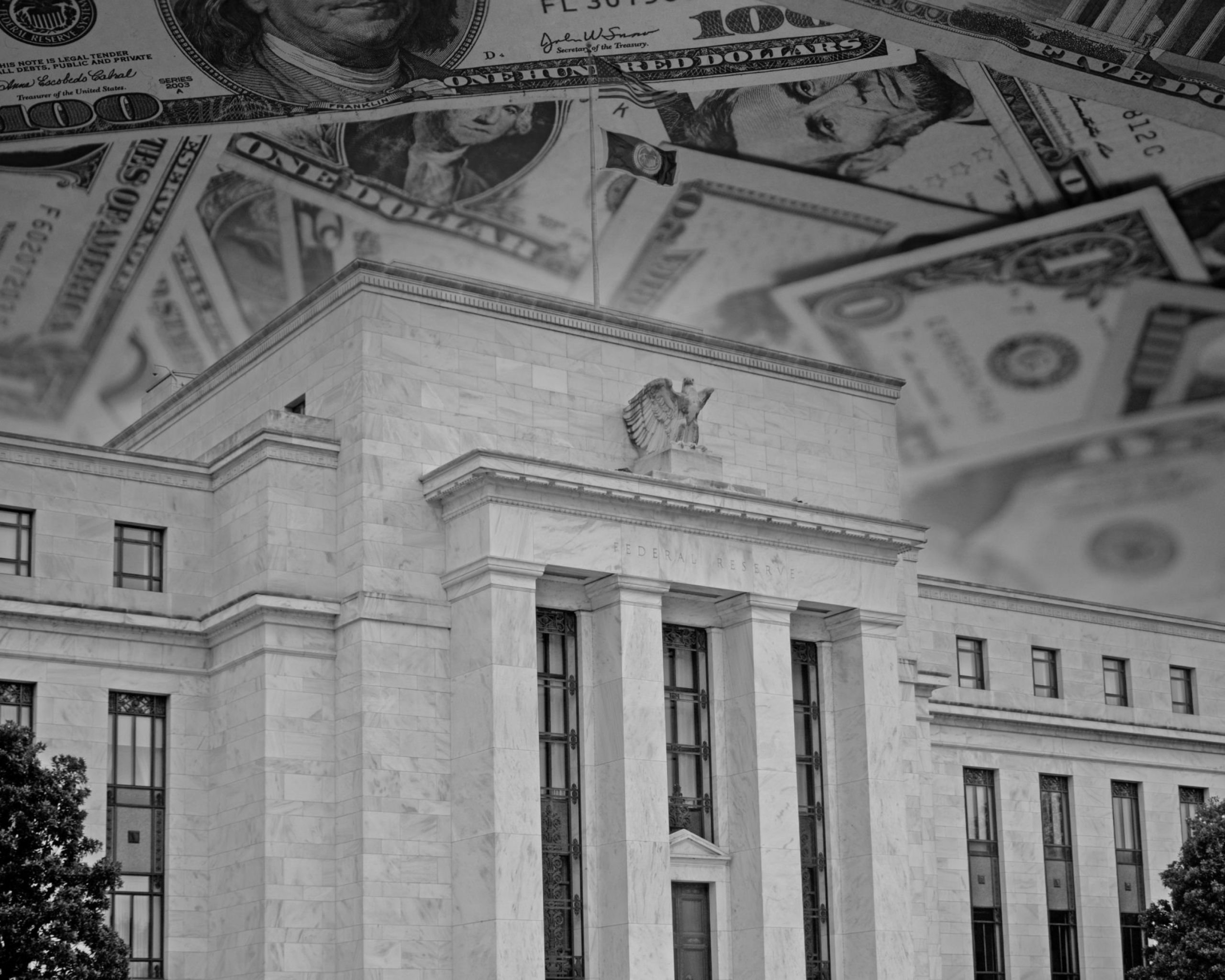The Correlation Between Interest Rates And Bitcoin Prices
Analyzing historical trends between the Federal Reserve interest rates and the price of Bitcoin reveals a complex relationship. In general, when interest rate rises, investors tend to shift their money from riskier assets like stocks and Bitcoin to safer investments like bonds. This can lead to a decrease in demand for Bitcoin, causing its price to drop. There have been instances, however, where the opposite has occurred.
For example, during 2020 when the Federal Reserve cut interest rates to near-zero levels in response to the COVID-19 pandemic, Bitcoin’s price soared. This is because investors saw it as a hedge against inflation and a safe haven asset amidst economic uncertainty. Overall, while there may be some correlation between Federal Reserve interest rates and Bitcoin prices, it is not always straightforward. Other factors such as global economic conditions and investor sentiment also play significant roles in determining the value of Bitcoin. 
Exploring The Relationship: Analyzing Historical Trends In Interest Rate And Bitcoin Prices
Interesting patterns that shed light on the connection between interest rates and Bitcoin prices. Fluctuations in interest rates have been observed to have a substantial impact on bitcoin prices. When interest rates are low, investors tend to seek alternative investment opportunities such as cryptocurrencies, leading to an increase in demand and subsequently driving up bitcoin prices.
Conversely, when interest rates rise, traditional investment options become more attractive due to higher yields, resulting in a decrease in demand for bitcoin and a subsequent decline in its price. Understanding this relationship can provide valuable guidance for investors looking to make informed decisions about their cryptocurrency investments based on prevailing interest rate trends.
Read Also: The Top 5 Cryptocurrencies to Buy and Hold in 2023
Understanding Correlation: Examining The Link Between Interest Rate And Bitcoin Prices
Analyzing historical trends is crucial to gaining insights into the behavior of financial markets. In recent years, one intriguing correlation that has emerged is between interest rates and bitcoin prices. Interest rates play a pivotal role in shaping economic conditions and investor sentiment. When interest rates are low, it often stimulates borrowing and investment, leading to increased demand for alternative assets like bitcoin. Conversely, higher interest rates can dampen enthusiasm for riskier investments, including Bitcoin.
Examining this correlation involves delving into the macroeconomic landscape as well as investor psychology. Factors such as inflation expectations, central bank policies, geopolitical events, and market sentiment all contribute to the relationship between interest rates and bitcoin prices. By understanding how fluctuations in interest rates impact bitcoin prices historically, investors can better anticipate potential future trends.
Unveiling The Past: Analyzing Historical Trends To Identify Patterns In Interest Rate And Bitcoin Prices
In the ever-evolving world of finance, understanding the correlation between interest rates and cryptocurrency prices has become a crucial endeavour. Exploring historical trends can provide valuable insights into how these two seemingly disparate elements intertwine. By delving into the past, we can uncover patterns that shed light on their complex relationship. Analyzing interest rates allows us to comprehend how global economic conditions influence investor behavior.
When interest rates rise, traditional investments like bonds become more attractive, potentially diverting funds away from cryptocurrencies such as Bitcoin. Conversely, low-interest-rate environments may encourage investors to seek higher returns in riskier assets like digital currencies. Studying Bitcoin’s price movements throughout history offers additional perspectives. Identifying whether changes in interest rates precede or follow significant shifts in Bitcoin’s value could unveil potential causal relationships or mere coincidences.
Read Also: 2 Key Benefits of the Forex Economic Calendar
Insights Into The Future: Using Historical Data To Predict Potential Correlations Between Interest Rate And Bitcoin Prices
As the world becomes increasingly digital, the correlation between traditional financial markets and digital assets like Bitcoin gains significance. Analyzing historical trends, particularly the relationship between interest rates and Bitcoin prices, can provide valuable insights into potential future correlations. By examining how changes in interest rates have historically influenced Bitcoin’s value, we can identify patterns that may help predict future price movements.
For instance, when interest rates decrease, investors often seek alternative investments with higher potential returns, leading to increased demand for Bitcoin. Conversely, rising interest rates might attract investors back to traditional assets like bonds or stocks, causing a decline in Bitcoin’s value. Understanding these relationships allows us to anticipate how changes in interest rates may impact Bitcoin’s price in the future.
Interest Rate
When making its decision on interest rates, the Federal Reserve considers a variety of economic factors. One of the most important is inflation, as higher inflation can lead to a decrease in purchasing power and economic instability. The Fed also looks at employment data and GDP growth to gauge the health of the economy. Additionally, they consider global economic conditions and geopolitical events that may impact financial markets.
The Fed also takes into account any potential risks to financial stability, such as high levels of debt or asset bubbles. Ultimately, their goal is to maintain stable prices while promoting maximum employment and sustainable economic growth. All of these factors are carefully weighed by the Federal Reserve before making their interest rate decision.
Read Also: 4 Powerful Economic Indicators that Directly Affects the Forex Market
Impact Of Inflation And Employment Rates On The Decision
The Federal Reserve’s interest rate decision on June 14, 2023, will likely be influenced by a number of factors, including inflation and employment rates. If inflation is running higher than the Fed’s target of 2%–a rate it may never touch again given accurate economic figures–it may lead to an increase in interest rates to cool down economic growth and prevent prices from rising too rapidly.
On the other hand, if employment rates are low and the economy is struggling to create jobs, the Fed may opt for lower interest rates to stimulate borrowing and investment. Ultimately, the Fed will need to balance these competing factors to make a decision that supports both stable prices and sustainable economic growth.
The Impact Of Monetary Policy On The Cryptocurrency Market
The Federal Reserve’s interest rate decisions can have a significant effect on the price of Bitcoin, as investors often view the world’s first blockchain use case as a hedge against inflation. When interest rates are lowered, this can lead to increased inflation expectations and therefore increased demand for Bitcoin. Conversely, when interest rates are raised, this can lead to decreased inflation expectations and decreased demand for Bitcoin.
Additionally, the Federal Reserve’s quantitative easing policies can also impact the Bitcoin market by increasing liquidity in financial markets and potentially driving up prices of cryptocurrencies like Bitcoin. However, it is important to note that other factors such as regulatory developments, technological advancements, and global economic conditions also play a significant role in shaping the performance of Bitcoin.
You can join our telegram community to get up-to-date news, educational materials, free online classes, in-depth market analysis and some trade signals that will help you grow as a trader and become profitable.



